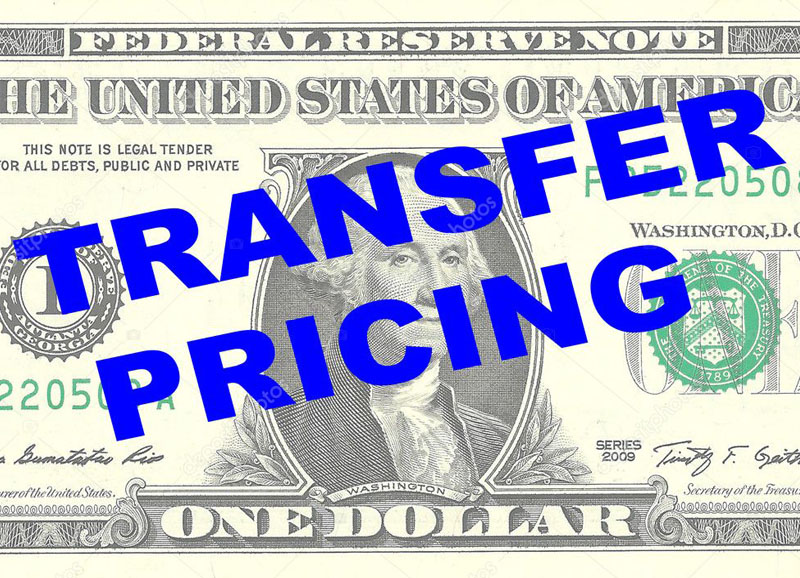A common question is, “when does transfer pricing occur.” It occurs typically when multi-national companies enter into sale and purchase transactions with their related companies, or loan to related companies. It can be also a situation, when a Singapore parent company pay management fee to the overseas parent company or in some cases royalties payments to related companies.
Next, let consider why do we need to perform transfer pricing documentation? It is because of the arm’s length’ principle — i.e. these inter company transactions that occur between related companies are compared with what it would have been performed between unrelated companies or outside parties. Meaning, what would an entity have to pay or bill an unrelated company, if this transaction has not taken place between a group of companies. Normally, under a group arrangement, prices or margins will have taken place at a much favourable rate or negotiated between related companies in a group, under the directive of the parent for various tax reasons.
Therefore, this led to shifting of profit between different countries that engage in such inter company transactions. Precisely because of this erosion of profits that would otherwise have been taxed, it led to an international group called OECD coming together and setting guidance on a set of transfer pricing rules to govern such transactions to ensure level playing field. Many tax authorities around the globe has implemented their own transfer pricing rules based on the guidance from OECD, including Singapore IRAS. If your organization require transfer pricing advice or help to get your transfer pricing documentation report completed, please contact us today at 65898975 or drop us an email at enquiry@maxlewis.com.sg. Our experts will help you resolve your problems or you can visit us at https://bit.ly/33Rx19E

